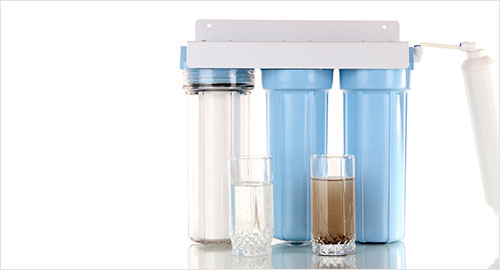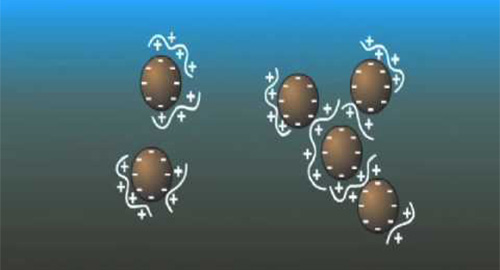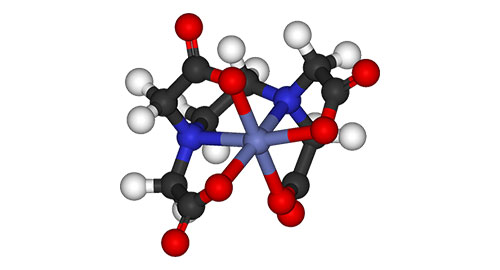
Bacteria Destruction
- Inactivation of bacteria, viruses and fungus by ozone is simply oxidation
- Ozone oxidizes the complex cell wall of these microbial entities and changes the cell structure

Color Removal
- Ozone oxidizes organic colours
- The colour-causing substances are broken down to simple organic compounds
- Ozone can be used to remove dyes from textile effluent

Odour Removal by Ozone
- If the odour causing substances are organic in nature, then Ozone reacts with them and oxidizes the organics
- The reaction is almost instantaneous
- There are no harmful byproducts as everything is converted into water, oxygen and carbon dioxide

BOD/COD Reduction
- Ozone oxidizes COD and BOD
- Pre-biological Ozonization
- Ozone is used to convert COD to BOD so that bacteria can digest this BOD

Micro-Flocculation
- It has been observed for more than 30 years that “Preozonation” ahead of particle removal units can improve the efficiency significantly, can induce a lower coagulant demand or allow higher flow rates, e.g. in deep-bed filtration
- Ozone gas is added either before or together with the coagulant (ferric or aluminum salts or cationic polymers) at rather low dosages of 0.5-2mgL-1
- The terms ``micro- flocculation`` or ``ozone-induced particle destabilization`` are used in practice.

Oxidation of Inorganic Copounds
- Ozone oxidizes these heavy metals such as iron & manganese from metallic oxides or hydroxides, which precipitate off and can be removed from the water
- Oxidation of Cyanide
- Oxidation of Hydrogen Sulfide
- Oxidation of Arsenic-III to Arsenic-IV are achieved by Ozone
Recent Comments